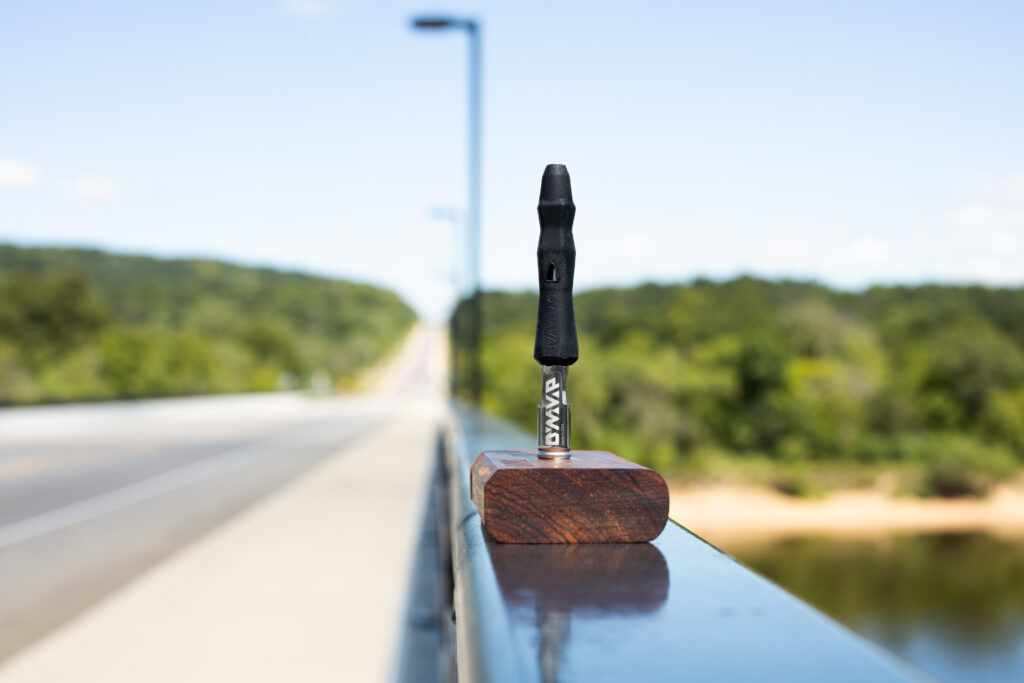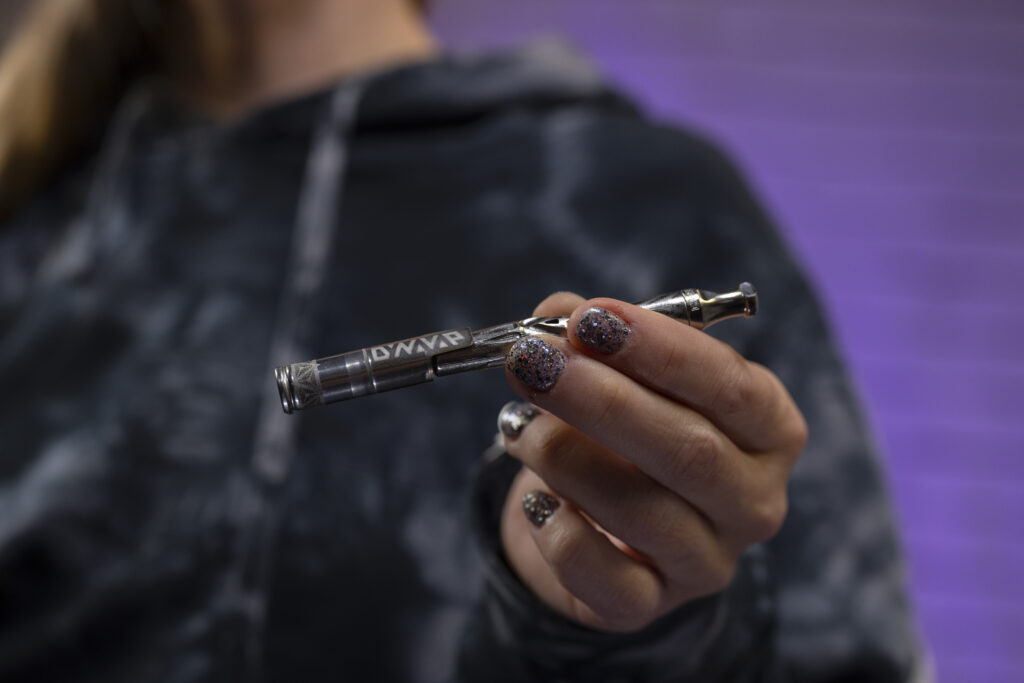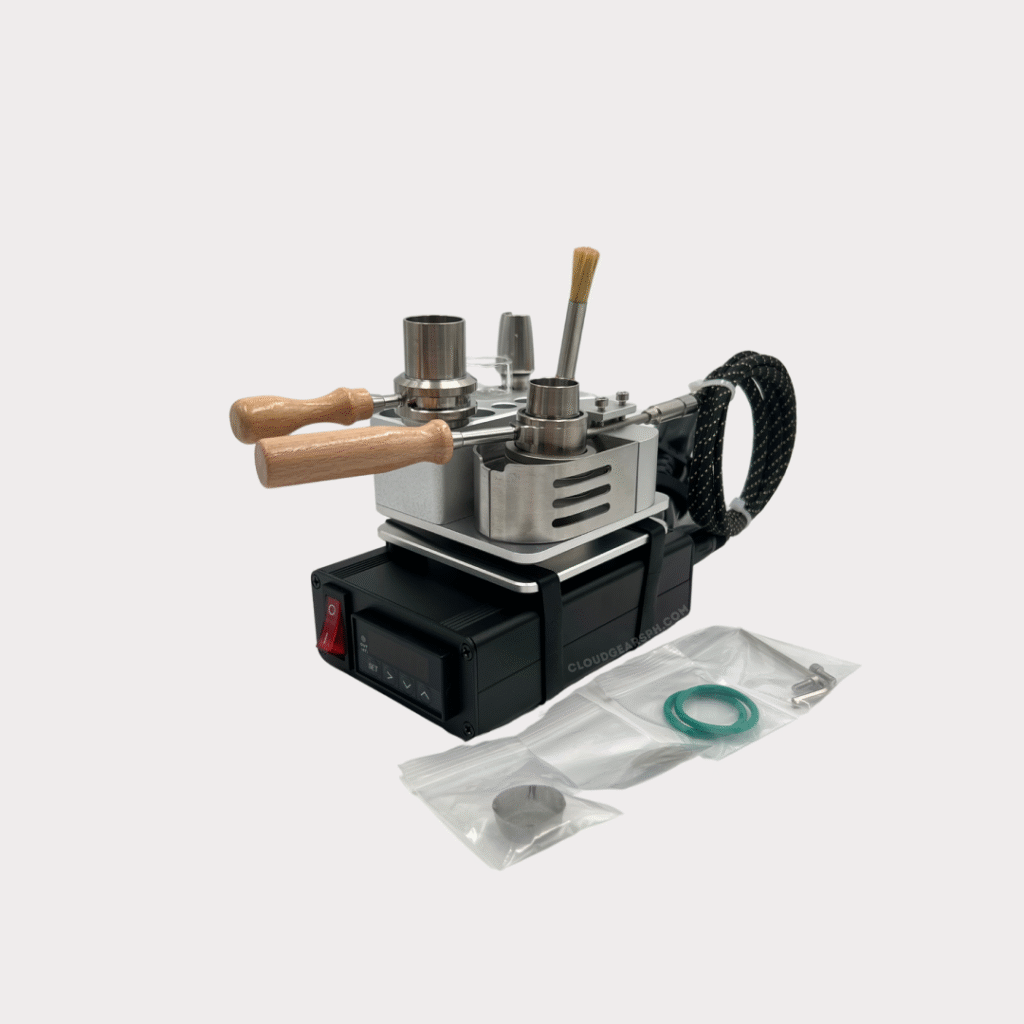Conduction vs. Convection: Which Dry Herb Vape is Right for You?
Hey there, fellow vape enthusiasts! Are you thinking about diving into the world of dry herb vaporization, or perhaps upgrading your current setup? That’s fantastic! You’re on the path to a cleaner, more flavorful, and often more efficient experience than traditional combustion. But as you start Browse the exciting array of vaporizers out there, you’ll quickly encounter two main terms: conduction and convection.
Now, if those sound like science class terms you conveniently forgot, don’t worry! We’re here to break them down in a friendly, easy-to-understand way. Understanding the difference between conduction and convection heating methods is absolutely key to choosing the dry herb vape that’s perfect for you. Each method offers a unique experience, with its own set of pros and cons.
So, let’s get nerdy for a moment (the fun kind of nerdy!) and explore these two heating titans.
The Direct Approach: Understanding Conduction Vaporizers
Imagine putting a pan directly on a stovetop burner. The heat transfers directly from the burner to the pan, and then from the pan to whatever you’re cooking. That’s essentially how a conduction vaporizer works!
In a conduction vape, your dry botanical blends come into direct contact with a heated surface, typically a metal or ceramic oven chamber. As the chamber heats up, it transfers that heat directly to your plant matter, causing the beneficial compounds and aromas to vaporize.
How It Works in Practice:
When you pack your oven with your chosen dry material and turn on a conduction vape, the walls of the chamber heat up. Your plant matter is pressed against these hot walls, and the heat is conducted through it. Think of it like toasting bread – the direct contact with the hot element toasts the bread.
Pros of Conduction Vaporizers:
- Faster Heat-Up Times: Because the heat transfer is direct, conduction vapes often reach their desired temperature very quickly. This is great for those who want a quick, on-demand session.
- Simpler Design & Often More Affordable: The technology behind conduction is generally less complex, which can translate to more compact designs and a lower price point, making them a great entry-level option.
- Good for Concentrates (Sometimes): Some hybrid conduction/convection units or those with specific concentrate pads can handle extracts quite well due to the direct heat.
- Thicker Vapor (Often): Due to the direct contact and sometimes higher temperatures needed, conduction vapes can produce noticeably denser vapor clouds, which many users enjoy.
Cons of Conduction Vaporizers:
- Uneven Heating & Stirring Required: This is the big one. Since only the dry materials touching the heated surface get direct heat, you often need to stir your bowl mid-session to ensure even vaporization and prevent “hot spots” that can lead to slight charring or a less pure taste.
- Risk of Overheating (If Not Careful): If the temperature is too high or you don’t stir, there’s a higher chance of your botanical blends getting too hot, which can affect the purity and flavor of your vapor.
- Less Efficient Use of Materials: Because of the uneven heating, you might not extract all the desired compounds from your dry materials as efficiently as with other methods.
Who is a Conduction Vape Good For?
If you’re on a budget, prioritize quick sessions, appreciate thick vapor, and don’t mind a little stirring now and then, a conduction vaporizer might be your perfect match. They’re excellent for those just starting their vaporization journey or for someone who needs a reliable, no-fuss device for quick use throughout the day. A great example of a portable and efficient conduction vaporizer is the DynaVap B, which offers quick heating on demand for your dry aromatic materials.

The Indirect Breeze: Understanding Convection Vaporizers
Now, let’s talk about convection vaporizers. If conduction is like baking on a hot pan, convection is like using a convection oven – where hot air circulates to cook food evenly.
In a convection vape, your dry botanical blends do not directly touch the heating element. Instead, hot air is drawn through a heating chamber, and then this heated air passes over and through your dry materials, gently vaporizing them.
How It Works in Practice:
When you activate a convection vape, an air path heats up. As you draw, cool air enters, gets heated, and then flows through your material chamber, enveloping each tiny piece of dry material with hot air. This effectively bakes the materials without direct contact.
Pros of Convection Vaporizers:
- Superior Flavor & Purer Vapor: This is where convection truly shines! Because the dry materials aren’t touching a hot surface, you get a much cleaner, smoother, and more flavorful vapor that truly highlights the aromatic profiles of your botanical blends. No off-tastes here!
- Even Heating & No Stirring Needed: The circulating hot air ensures that your dry materials are heated much more uniformly. This means you typically don’t need to stir your bowl mid-session.
- More Efficient Material Use: Since the heat is applied evenly, convection vaporizers tend to extract more active compounds from your dry materials, meaning you use less material for the same desired effect.
- Less Risk of Overheating: With no direct contact with a hot surface, the chances of accidentally overheating your dry materials are significantly reduced.
Cons of Convection Vaporizers:
- Longer Heat-Up Times: Because the air needs to be heated and circulated, convection vapes generally take longer to reach temperature than their conduction counterparts.
- Can Be More Expensive: The more intricate engineering often means a higher price tag.
- Often Larger & Less Portable: The components required for efficient air heating can make convection devices a bit bulkier, though portable convection vapes are becoming more common.
- Requires a Stronger Draw: You often need to take a longer, slower draw to allow enough hot air to pass through the chamber for optimal vapor production.
Who is a Convection Vape Good For?
If you’re a flavor chaser, prioritize efficiency, want the purest possible vapor, and don’t mind waiting a little longer for your session to begin, a convection vaporizer will likely be your best friend. They are ideal for connoisseurs who appreciate the nuances of their aromatic materials. The DynaVap Uni Dyn Portable Ball Vape is a prime example of a device that harnesses the power of convection through innovative ball technology to deliver incredibly flavorful and efficient vapor.

The Best of Both Worlds: Hybrid Vaporizers & The Wireless One Hit Wonder
Before you make your final decision, it’s worth noting that many modern dry herb vaporizers are actually hybrid units. These devices combine elements of both conduction and convection heating, aiming to provide a balance of fast heat-up times and excellent vapor quality. They might use a conduction oven but also draw hot air through it, or have a primary convection heater with some conductive elements.
Hybrid vapes are often a fantastic compromise for those who want the speed of conduction with improved flavor and efficiency closer to convection. They offer the quick initial heat of conduction to get vapor going, then use convection to thoroughly and evenly extract from your dry materials, preventing hot spots and ensuring a full spectrum of flavor and effects.
A perfect example of this sophisticated blend is the Wireless One Hit Wonder (WOHW) Ball Vape. This innovative desktop vaporizer utilizes a high-tech approach, combining direct radiant heat (conduction) from its ruby-filled heating element with a powerful flow of superheated air (convection) that passes through your dry materials. The result? Rapid heat-up, incredibly dense and flavorful vapor, and highly efficient extraction that leaves your material evenly vaporized. It’s designed to give you the best of both worlds – the immediate satisfaction of conduction, refined with the thoroughness and rich flavor of convection.

Making Your Choice: Which One is Right for You?
So, after all that, how do you decide?
- Consider your budget: Conduction vapes are generally more wallet-friendly.
- Think about your priorities: Is speed key, or is flavor king?
- How patient are you? Can you wait a minute or two for your vape to heat up, or do you need instant gratification?
- Are you willing to tend to your material? Some dry herb vaporization methods require occasional stirring, while others do not.
Ultimately, there’s no single “best” type of vaporizer, only the best one for you. Both conduction and convection methods have their unique advantages and offer a fantastic way to enjoy your dry aromatic materials. And with fantastic hybrid options like the Wireless One Hit Wonder, you truly can experience top-tier performance without compromise.
If you’re still on the fence, consider checking out the best vaporizers for 2025 The Best Dry Herb Vaporizers or detailed guides from sites like Planet of the Vapes. You might also find this comprehensive F*ckCombustion helpful for a broader understanding of the technology.
Ready to explore our selection? Whether you lean towards the quick activation of a DynaVap B (Conduction), the smooth, pure flavor of a DynaVap Uni Dyn (Convection), or the powerful, balanced experience of the Wireless One Hit Wonder (Hybrid), we’ve got you covered.
Ready to elevate your dry herb experience?
Shop our full range of dry herb vaporizers now and find your perfect match!

Leave a Reply